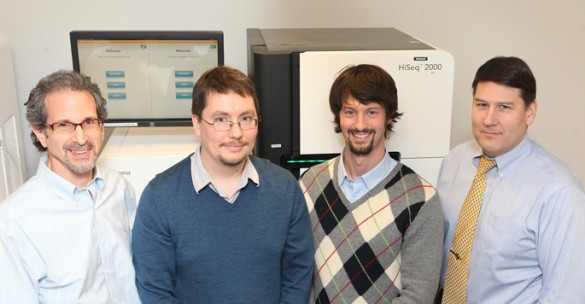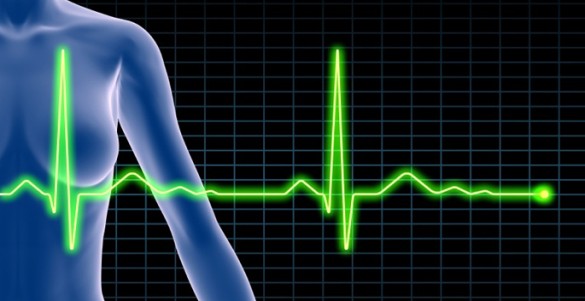
After a myocardial infarction (MI), patients have a high risk for developing fatal abnormal heart rhythms. Björn Knollmann, M.D., Ph.D., professor of Medicine, and colleagues have identified a new strategy for reducing ventricular arrhythmia burden post-MI.
Using mice to model chronic MI, the investigators found that after one month the surviving heart muscle had increased sensitivity to calcium. When the isolated hearts were electrically stimulated to contract, brief pauses in stimulation triggered ventricular arrhythmias. Investigators were able to diminish these arrhythmias using blebbistatin, a chemical that decreases the muscle response to calcium. The incidence of ventricular tachycardia (VT) reduced from 59 percent to 10 percent in the infarcted hearts; control hearts had no episodes of VT in either condition.
These findings, published in the July issue of the Journal of Molecular and Cellular Cardiology, suggest that diminishing heart muscle response to calcium decreases risk of arrhythmias after MI and drugs that increase muscle response to calcium could increase risk of arrhythmia.
This research was supported in part by the National Institutes of Health (HL071670, HL088635, HL103840), the Australian National Health and Medical Research Council, and the American Heart Association.















